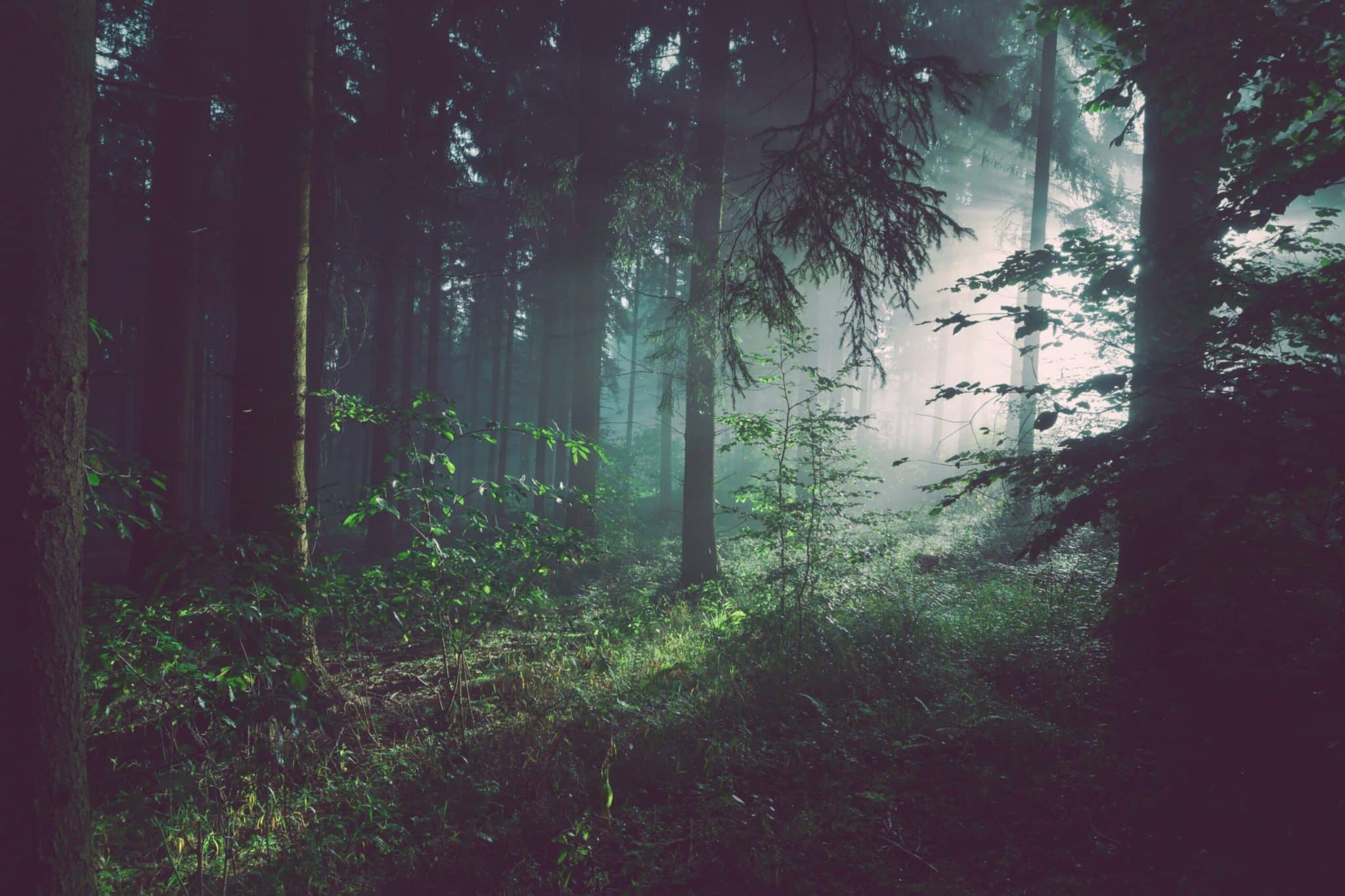Green areas which are protected in order to allow our native wildlife species to thrive are getting ever smaller. Here at Bewl we are dedicated to protecting our woods and wild areas and are focused on allowing our biodiverse reservoir to act as a home to some of our rare bird and insect species.
Many animals are now living within settled areas; you may see foxes wandering through your back garden, squirrels in the trees next to the local school and bees swarming in your flower gardens. These are also biodiverse habitats which can help the wildlife in your area.
This article is a list of projects you can take part in within your local area in order to help the wildlife living closer to home to thrive.
Biodiversity
Biodiversity is a measurement of diversity in the species that are found in the area and the ecosystem. The most biodiverse areas in the world are rainforests, as the competition between species is fierce and they have an extremely diverse ecosystem.
In the UK some of the most biodiverse areas are hedgerows and other bushes, as they provide a haven for birds, and act as corridors for smaller animals such as mice to travel without facing danger from traffic or predators. There are woods and biodiverse areas found around the country, but to allow these species to travel they must be expanded.
However, many gardens and local high streets have few examples of native flora which can feed insects or birds. Planting trees or creating wild areas with plants which can be used as food sources for different animals can attract insects into your back garden. Here are some projects you can begin in order to make your local community a more wildlife friendly place:
- Bringing some colour onto your local high streets and verges is not a new idea, with many cultivating pots of flowers or trees in order to bring some greenery to the local area. In order to maximise the positive impact, it is important to select trees that will act as homes for birds, as well as wildflowers that are particularly good for insects, for example by planting bee and butterfly friendly flowers in planters on the side of the street.
- Putting up owl, bat and bird boxes to create a nesting site can not only encourage these wonderful species to settle in the area, but can give them a safe space to live, rather than your attic.
- Put up signs warning passing traffic of deer, foxes and other wild animals in the area that may cross over roads.
- Create a pond or water feature – they provide an area for dragonflies and frogs to breed, as well as acting as a habitat for water plants. There are hundreds of species that live primarily aquatic lives, and having ponds around can help increase their population.
- Observing wild species in the area and photographing them can be a great way for communities to monitor how local wildlife is responding to any changes. Bird watching can also be a fantastic way to get involved with local groups of nature and bird enthusiasts.
- ‘No mow May’ has been gaining traction recently as a way to help bees and other pollinating insects. The concept is centred around allowing your grass to grow without mowing it for a month, in order to allow wildflowers species to flourish.
- Log piles placed around your garden or the local park can become homes for a variety of animals such as hedgehogs, lizards, insects and mice. Having safe habitats available is a great way to help these animals to survive through the winter months.
- Leaving gaps in your fence that allow animals such as hedgehogs to pass through will enable them to pass through your garden and forage before heading back. Many hedgehogs and badgers enjoy meals of slugs and worms which can help keep your garden healthy.
- Setting out bins for rubbish, as well as recyclable waste around your local area will make it far more convenient for people to dispose of their rubbish. Litter can damage both plants and wildlife so it is important to limit its impact on the environment.
Plant Native Trees and Hedges
Native trees acts as homes and food for UK wildlife, with a single oak tree often feeding dozens of animals, such as squirrels. These trees can add interest throughout the year whether they have been planted in your own back garden or on the local high streets. Many native trees, such as ash, are experiencing diseases and loss of habitat as trees are cut down each year for housing or roads. In response the Woodland Trust, among others, are encouraging people to plant native trees and to take care of them to help reverse the damage done to our native woodlands.
- Installing hedges along roads and at the borders of your garden can also act as a way to increase biodiversity and to provide a home to many native species, such as robins and rabbits. Here are a few plants that provide a great support to the wildlife in your garden:
- The oak tree hosts more caterpillar species than any other plant, 532 types of caterpillars live on oak trees, providing food for birds. The acorns from these trees also feed a variety of small animals such as squirrels and mice.
- Crab apple trees are host to a variety of insects and birds which feed on the fruits when they are ripe in autumn, and the flowers are attractive to bees during the spring and summer.
- Fruit trees such as apples, pears and plums are extremely good for bees and birds, with the fallen fruit being a wonderful meal for all kinds of wildlife. If you plant them in your back garden you can harvest fruit from them each year. When they blossom in the spring these trees look beautiful and provide a food source for bees.

